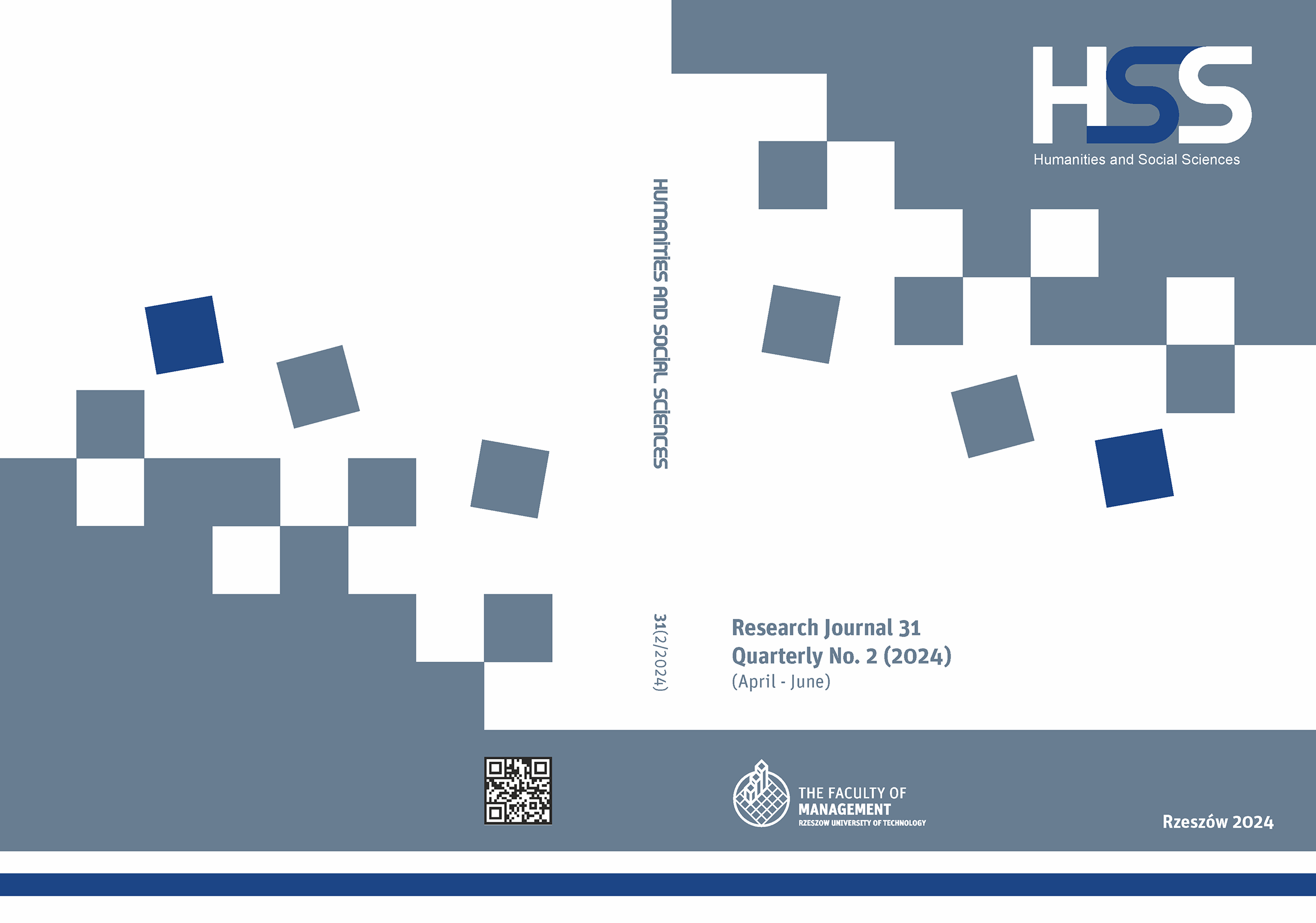Abstract
Representatives of retail chains emphasize in their statements how much importance they attach to conducting business according to the idea of CSR, especially in terms of limiting the amount of food wasted. On the other hand, when presenting product specifications to food producers, they require them to provide products that comply with specific standards. The aim of this article is to present the potential financial loss for the surveyed producers resulting from aesthetic/cosmetic losses at the stage of primary carrot production. The source material was subject literature, accounting documentation for the years 2019–2022, and information obtained during expert interviews with carrot producers. The size of the losses was presented based on the mass balance index. It was found that only 43.86% of the collected raw material is sold as a full-value product (accepted by retail chains).
References
Bieniek-Majka, M. (2023). The role of institutions in controlling compliance with the obligation to conclude contracts for the supply of agricultural products. “Ekonomia i Prawo. Economics and Law”, 22(1).
Božić, B., Kolić Stanić, M., Jurišić J. (2021). The relationship between corporate social responsibility, corporate reputation, and business performance. “Interdisciplinary Description of Complex Systems”, 19(2).
Ciesielski, M. (2017). Zniekształcenia koncepcji CSR w łańcuchu dostaw. „Problemy Transportu i Logistyki”, 2(38).
Domański, T. (2022). Strategie rozwoju zagranicznych sieci handlowych w Polsce. Nowe wyzwania marketingowe. Łódź: Wydawnictwo Uniwersytetu Łódzkiego.
Drzazga, M., Janeczek, U. (2018). CSR w tworzeniu wartości dla konsumentów w marketingu przedsiębiorstw handlowych. (The role of CSR in the creation of value for customers in marketing activities of trade companies). “Marketing i Rynek”, 11.
GUS (Central Statistical Office) (2020). Produkcja i handel zagraniczny produktami rolnymi w 2019 r. (Production and foreign trade of agricultural products in 2019). Warszawa.
—— (2022). Rocznik statystyczny rolnictwa 2022 (Statistical Yearbook of Agriculture 2022). Warszawa.
https://www.portalspozywczy.pl/handel/wiadomosci/lidl-po-krzywych-burakach-sprzedaje-krzywe-marchewki,206032.html [Access: 01.05.2023].
Kavalić, M., Vlahović, M., Đorđević, D., Ćoćkalo, D., Stanisavljev, S. (2019). The Model for Establishing Competitive Advantage of Retail Chains for Countries in Transition International Conference on research in Business, Management and Finance (Amsterdam, Netherlands July 12–14).
Kowalska, K. (2016). Kontrowersje wokół CSR w handlu detalicznym branży FMCG (Controversy over CSR in FMCG retail trade industry). „Prace Naukowe Uniwersytetu Ekonomicznego we Wrocławiu Finanse na rzecz zrównoważonego rozwoju. Gospodarka – Etyka – Środowisko”, 437.
Liu, X., Lin, K.-L. (2020). Green organizational culture, corporate social responsibility implementation, and food safety. “Frontiers in Psychology”, 1.
Luo, N., Olsen, T.L., Liu, Y. (2021). A conceptual framework to analyze food loss and waste within food supply chains: An operations management perspective. “Sustainability”, 13.2.
Mayorova, E.A. (2021). Corporate social responsibility of retailers: A review of the European Studies, “Социальное предпринимательство и корпоративная социальная ответственность”, 2.2.
Niedek, M., Łaba, S., Szczepański, K., Krajewski, K. (2019). Metody ilościowe w badaniu strat i marnotrawstwa żywności w sektorze produkcji pierwotnej (Quantitative research methods in the case of food losses and waste in primary production sector). “Metody Ilościowe w Badaniach Ekonomicznych”, XX(4).
Porter, S.D., Reay, D.S., Bomberg, E., Higgins P. (2018). Avoidable food losses and associated production-phase greenhouse gas emissions arising from application of cosmetic standards to fresh fruit and vegetables in Europe and the UK. “Journal of Cleaner Production”.
Shijun, L., Cheng, G., Li, T., Xue, L., Liu, X., Huang, J., Liu, G. (2022). Quantifying supply chain food loss in China with primary data: A large-scale, field-survey based analysis for staple food, vegetables, and fruits. “Resources, Conservation and Recycling”, 177.


